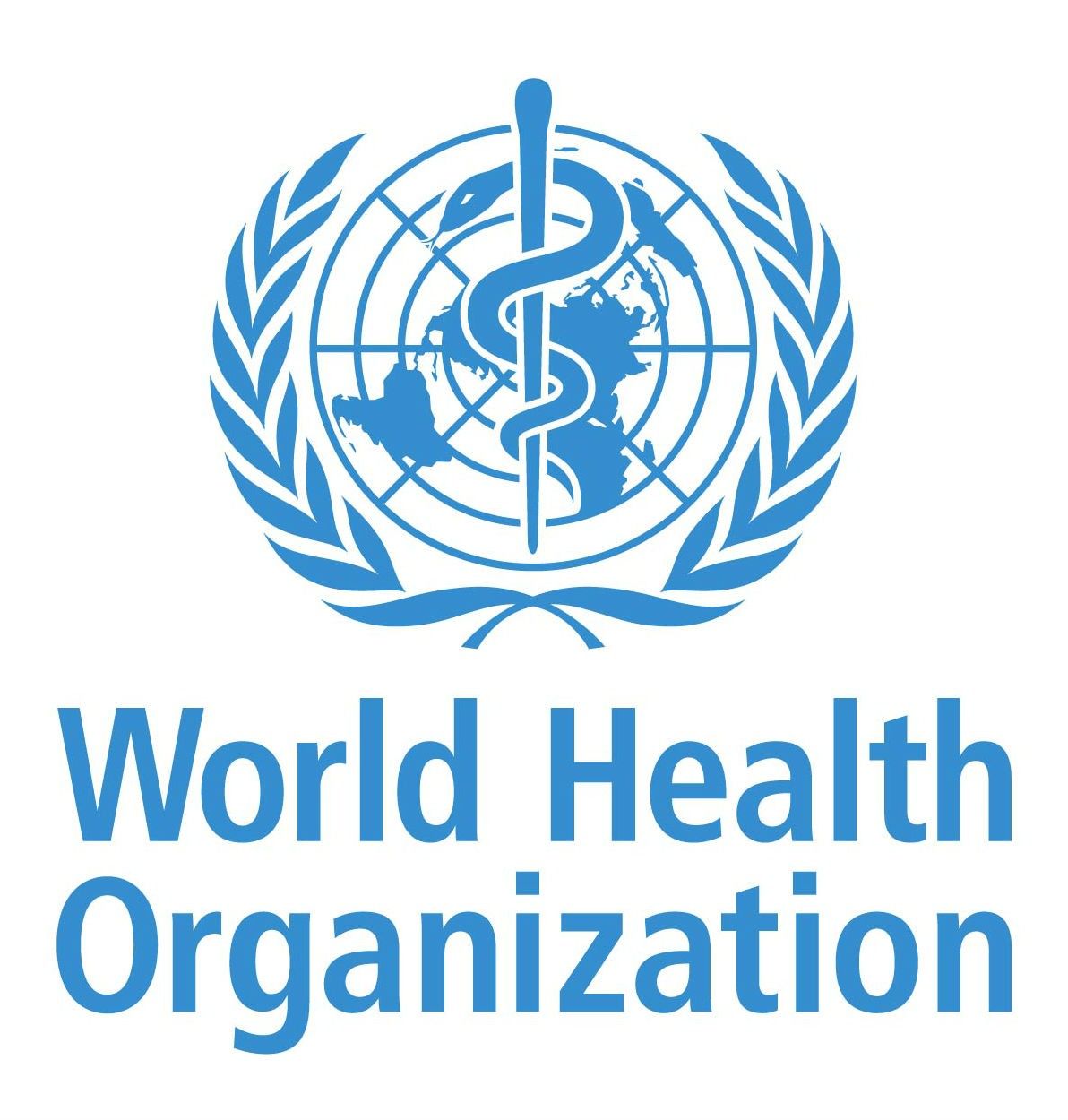
Every move counts: launch of the WHO guidelines on physical activity and sedentary behaviour
Every move counts: launch of the WHO guidelines on physical activity and sedentary behaviour
On 26 November, Sport and Citizenship took part in the Every Move Counts webinar organised by the WHO. This event launched WHO’s 2020 Guidelines on physical activity and sedentary behaviour and was a great occasion to learn about the latest evidence supporting WHO’s global action plan to promote physical activity.
The latest evidence by WHO shows that that all activity, no matter the frequency, intensity, and duration, has a positive impact on our health and wellbeing, and is better than none. This key message was captured in the name of the webinar and brings light to the fact that every day and household activities such as cleaning, gardening, and playing can also be considered physical activity.
Physical activity is beneficial not only for the body, but also for the minds and hearts. New evidence confirm once again that it canreduce depression and anxiety symptoms, help prevent chronic illnesses such as cancer and improve cognitive functioning.

The recommended amount of moderate aerobic activity for adults is 150 to 300 minutes per week. This includes subpopulations such as people with chronic conditions or disability, and pregnant and postpartum women. For children and adolescents, the average is 60 minutes per day. Physical activity is also beneficial for older adults (65 years+), especially muscle strengthening exercises which help prevent falls. These new guidelines show that although there is a range of optimal amount according to specific categories of people, there is no longer a minimum threshold to reach for physical activity to be beneficial.
Another important addition to the guidelines is the concept of sedentary behaviour, defined as a waking behaviour with very low energy expenditure while sitting, reclining or lying. The benefits of reducing sedentary behaviour are supported by the science behind the guidelines. This applies to all ages and shows once again the importance of physical activity. By being more active, we can reduce the risk of sedentary behaviour.
The panellists and moderators discussed the importance of the guidelines but also emphasised the need to include and adopt them in national policy frameworks in order to achieve behavioural change. The way we use these guidelines to make a difference in policymaking and to guide practice is key to reach the 15% target.
The W HO global action plan to promote physical activity mentions the creation of active societies, environments, people and systems to reach the goal to reduce physical inactivity by 15% by 2030. Through our project Promoting Active Cities Throughout Europe (PACTE), Sport and Citizenship reaffirms its commitment to this target. Our matrix for change was officially launched, designed to help European municipalities to build their action plan in order to become active cities.
HO global action plan to promote physical activity mentions the creation of active societies, environments, people and systems to reach the goal to reduce physical inactivity by 15% by 2030. Through our project Promoting Active Cities Throughout Europe (PACTE), Sport and Citizenship reaffirms its commitment to this target. Our matrix for change was officially launched, designed to help European municipalities to build their action plan in order to become active cities.
